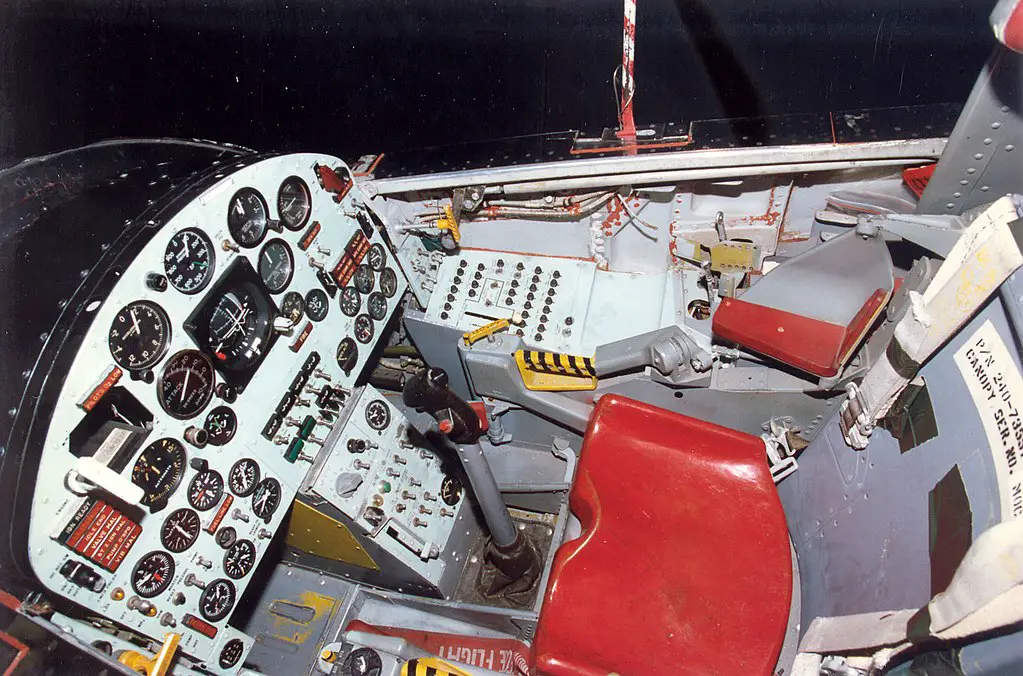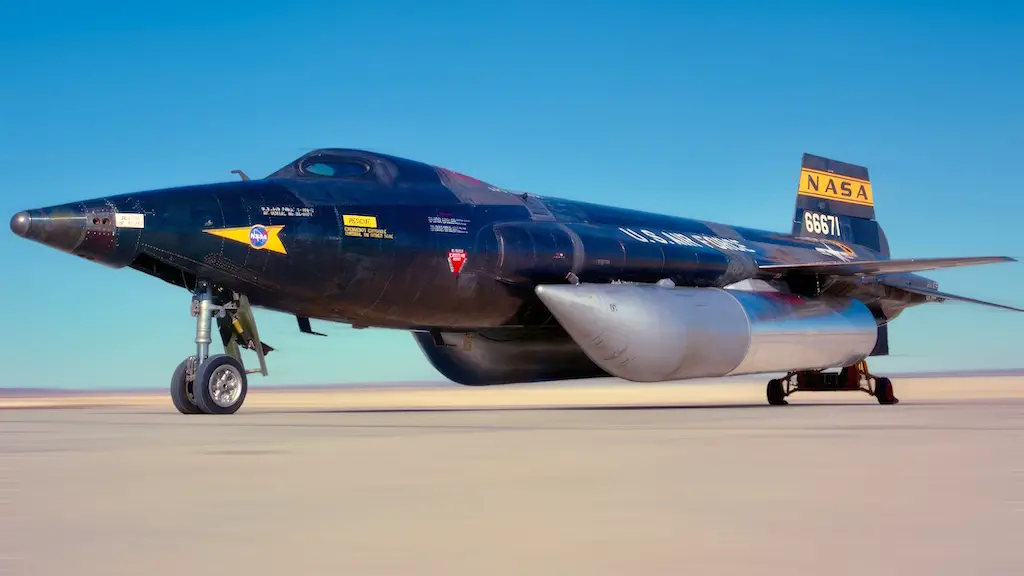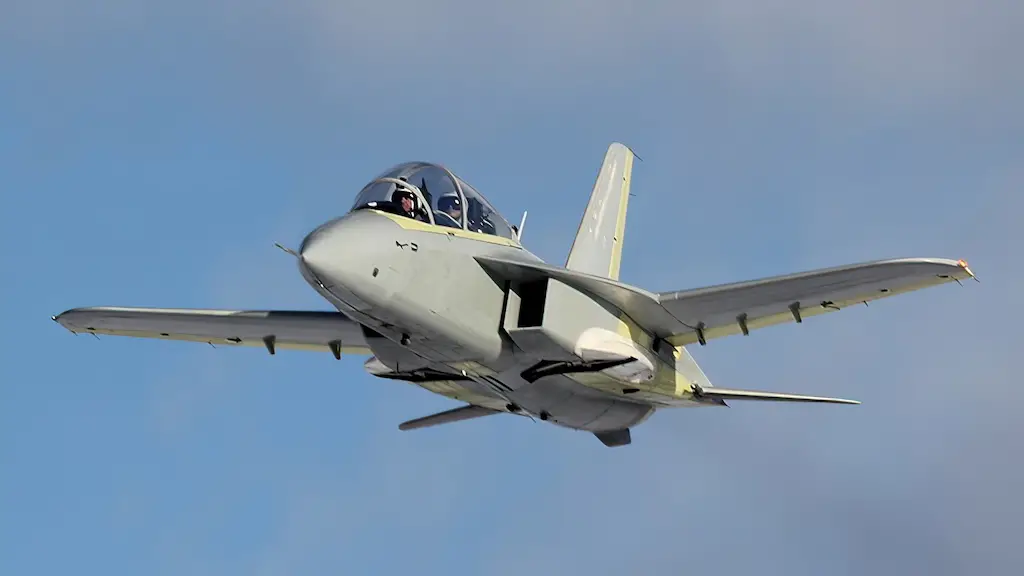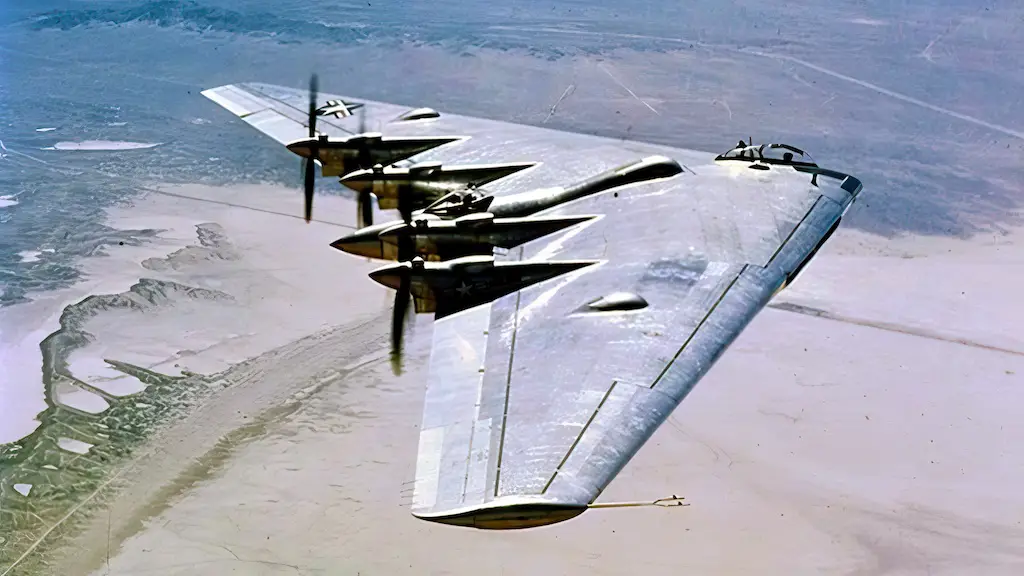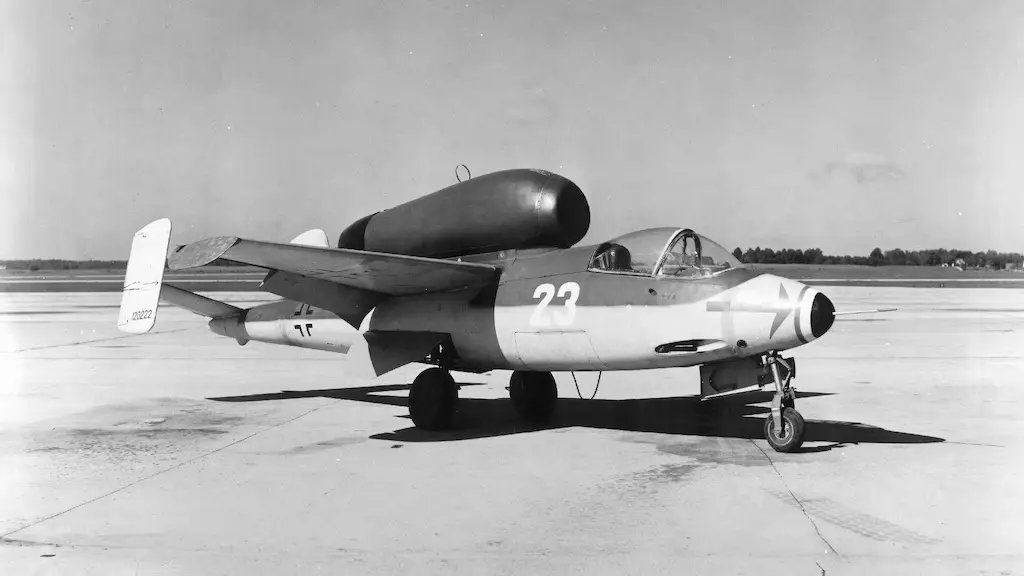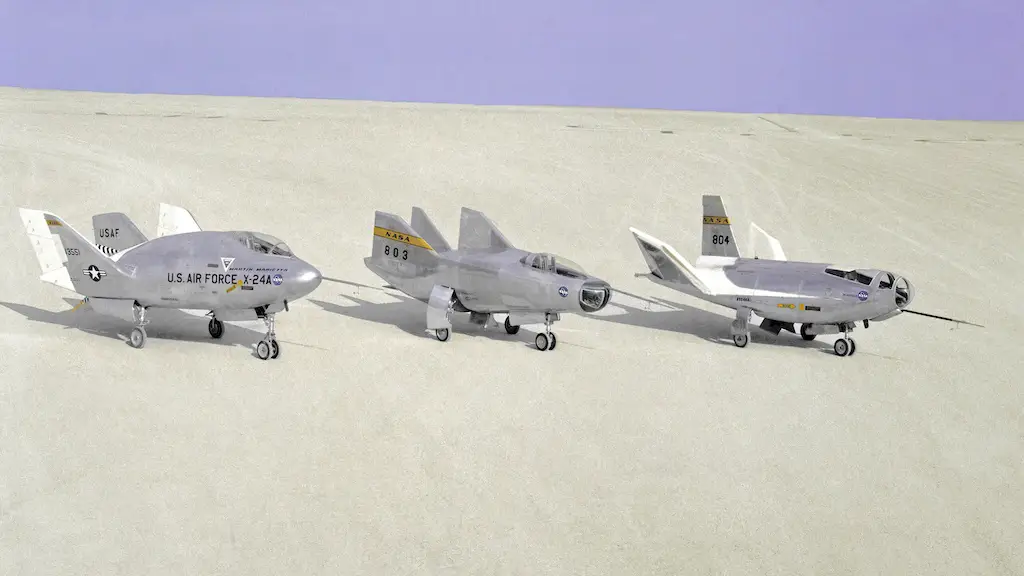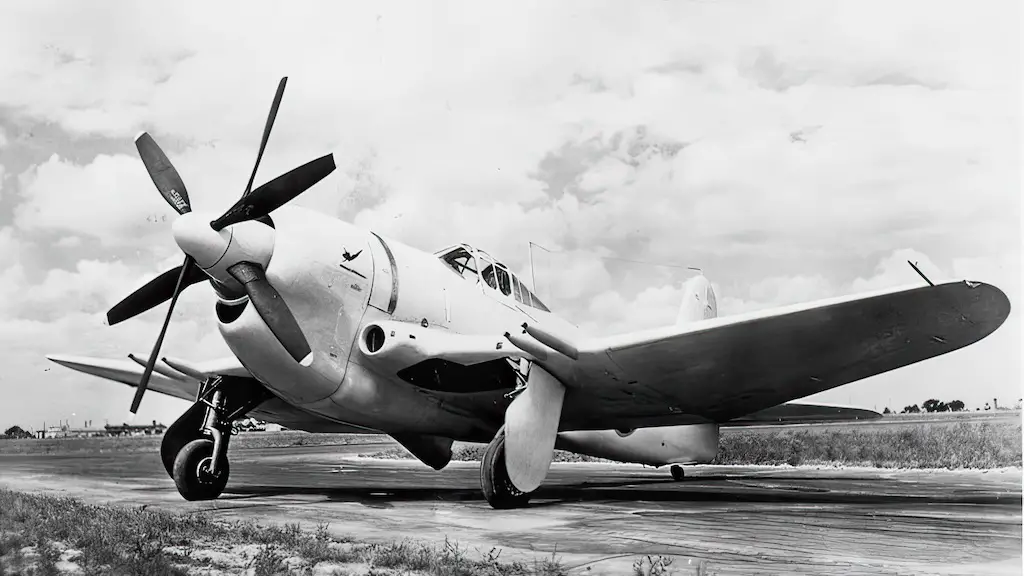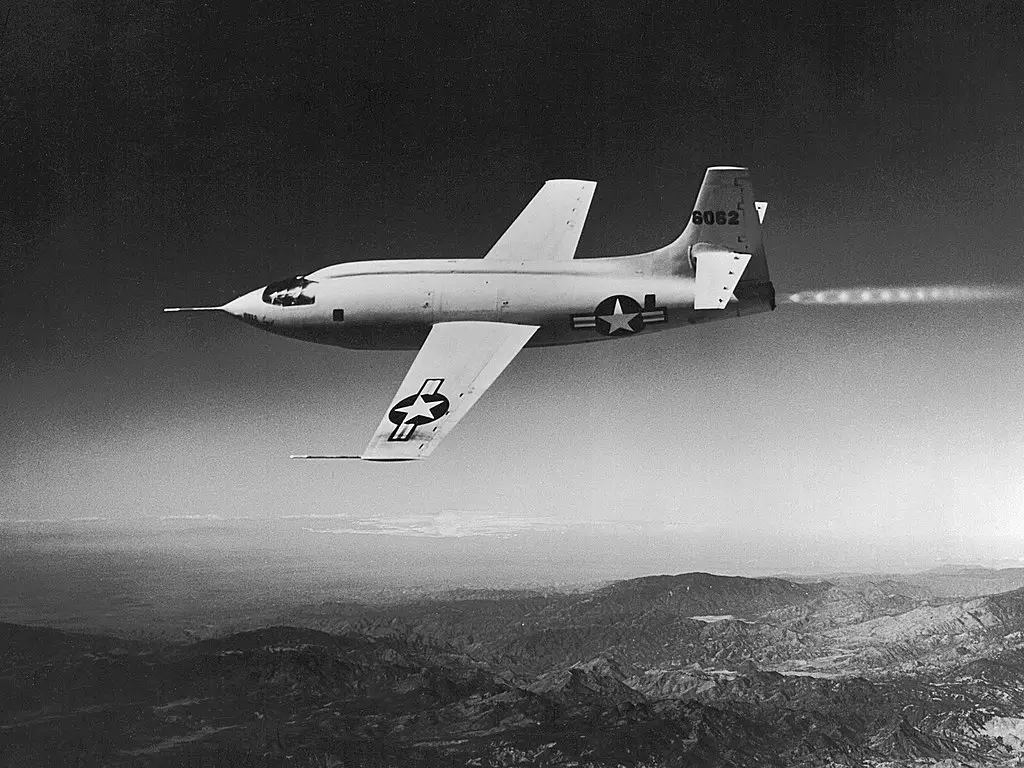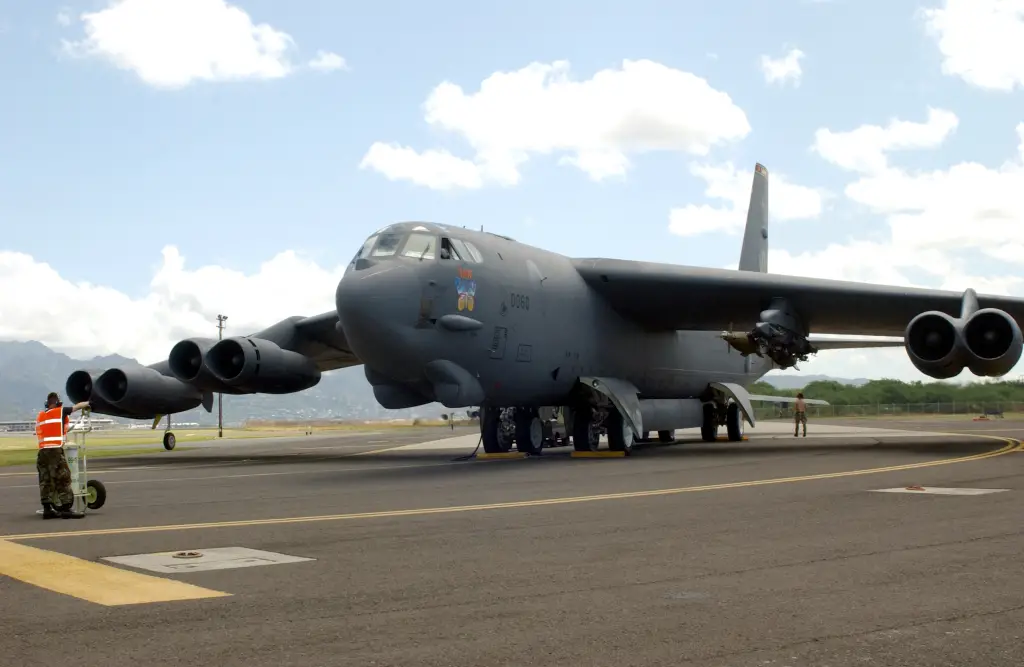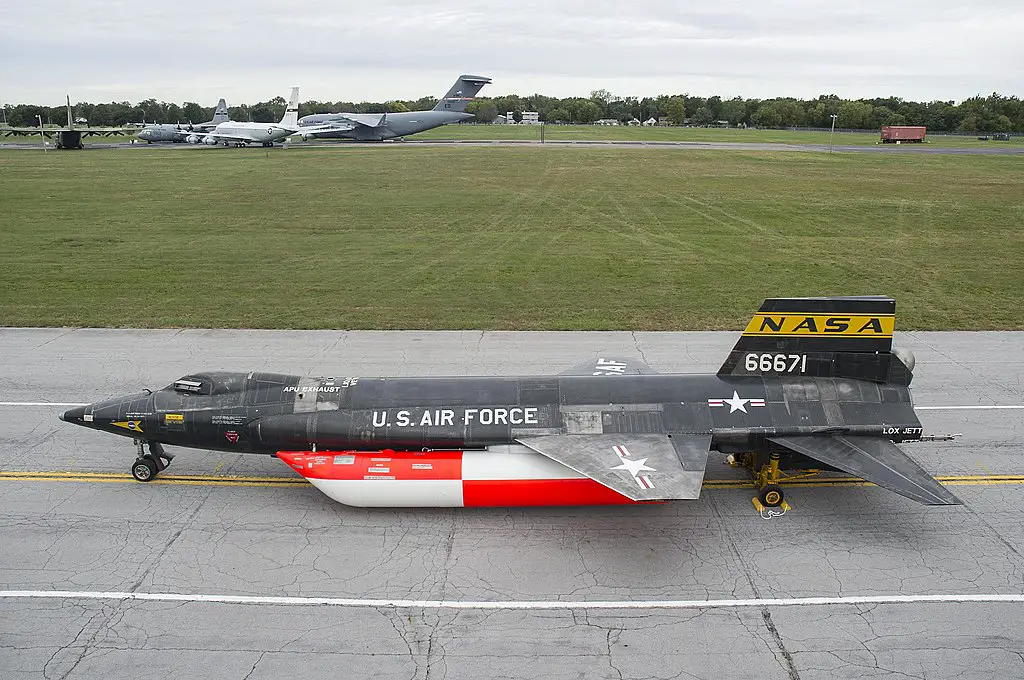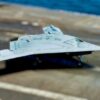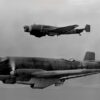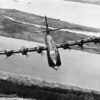Experimental
North American X-15 rocket-powered experimental aircraft was created in late 1950s to fly on the boundaries of space, providing the nascent U.S. aerospace agency, NASA, with crucial insights into the mechanics of spaceflight and the tolerances of human and aircraft performance.
It was the most capable of a series of X-designated rocket aircraft, such as Bell’s X-1 and X-2. Just like them, it was launched into the stratosphere from a mothership (a modified B-52 Stratofortress), upon which its rocket motors ignited, accelerating the aircraft to several times the speed of sound.
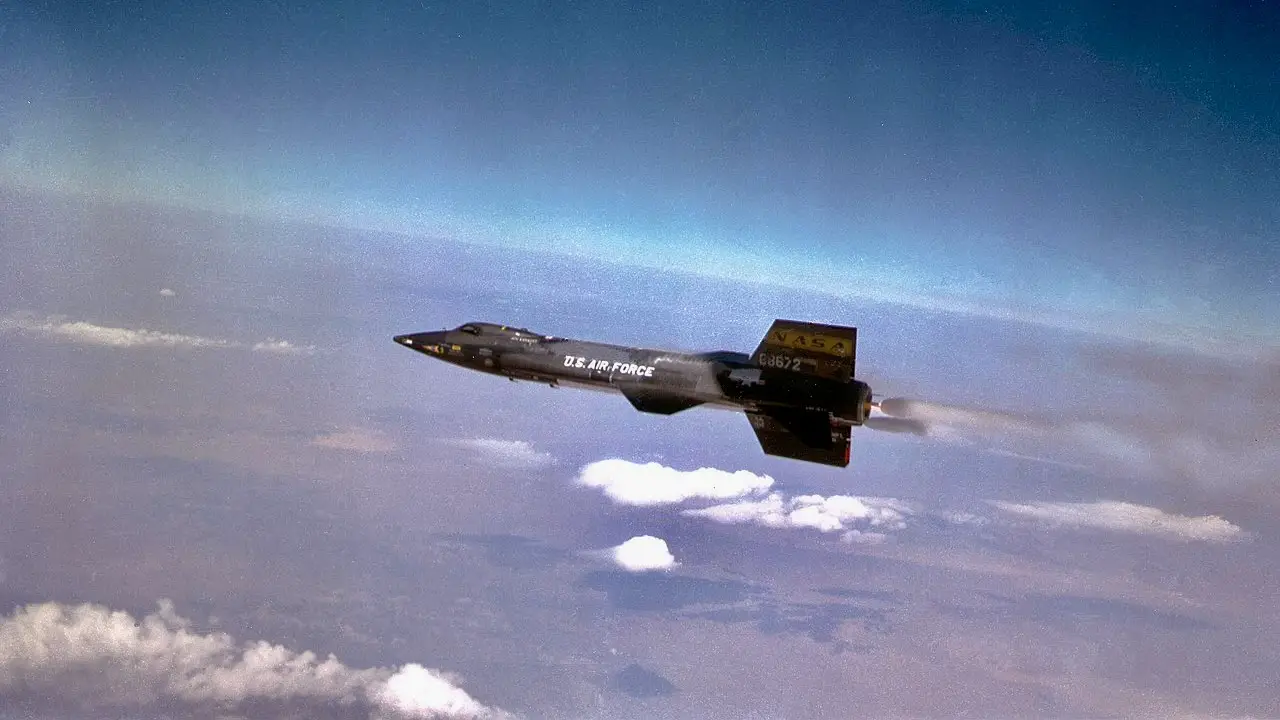
Initial testing
After minutes of flying in that mode it glided down and landed. When within the atmosphere, X-15’s pilot used conventional aerodynamic control surfaces and for maneuvering on the edge of space the aircraft was equipped with special ‘thruster’ reaction control rockets installed in the nose and wings. In order to withstand temperatures around 1,200 F resulting from friction at hypersonic speeds, the airframe was fabricated using a special high-strength nickel alloy, Inconel X.
The X-15 attained a number of altitude and speed records, one of which holds to this day. On October 3, 1967, Air Force Maj. William J. “Pete” Knight flew X-15 at the speed 4,520 mph, or Mach 6.72. That is the fastest a manned, powered aircraft has ever traveled.
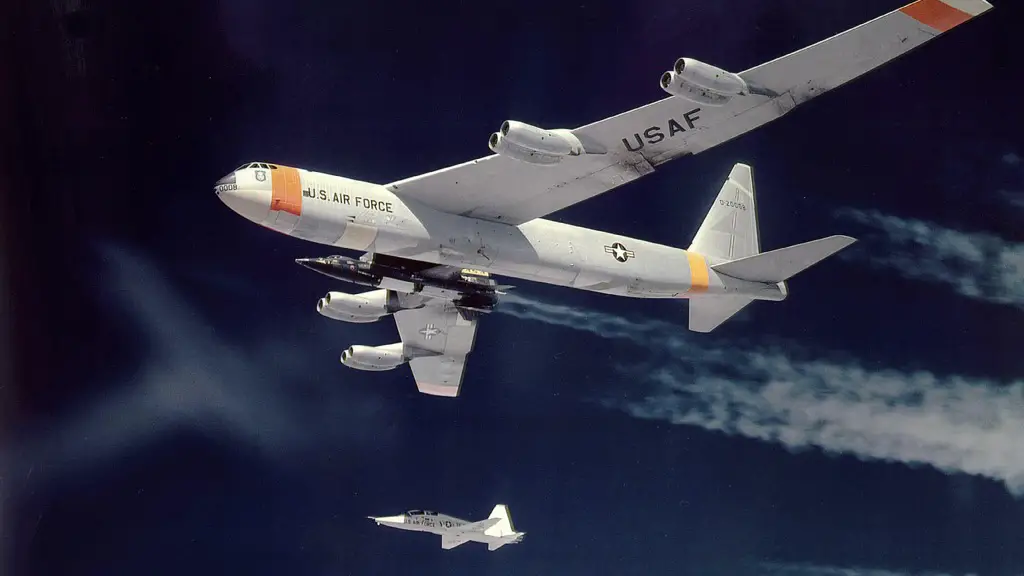
Edge of space
Although by now X-15’s altitude record has been broken, it did hold for quite a while as well. On August 22, 1963, NASA research pilot Joseph Walker climbed in an X-15 to 354,200 ft (67.08 miles) — a whole five mile above the Karman line, internationally recognized as the edge of space. Only four decades later, on June 21, 2004, Michael Melvill flying SpaceShipOne, managed to get higher — to 367,487 ft.
In fact, the USAF considered any flights above the altitude of 50 miles, which is even below the Karman line, as space travel. Thus, eight of Air Force pilots flying X-15 qualified as astronauts and received military astronaut badges. Ironically, NASA pilots flying X-15s were considered civilians and received theirs only in 2005.
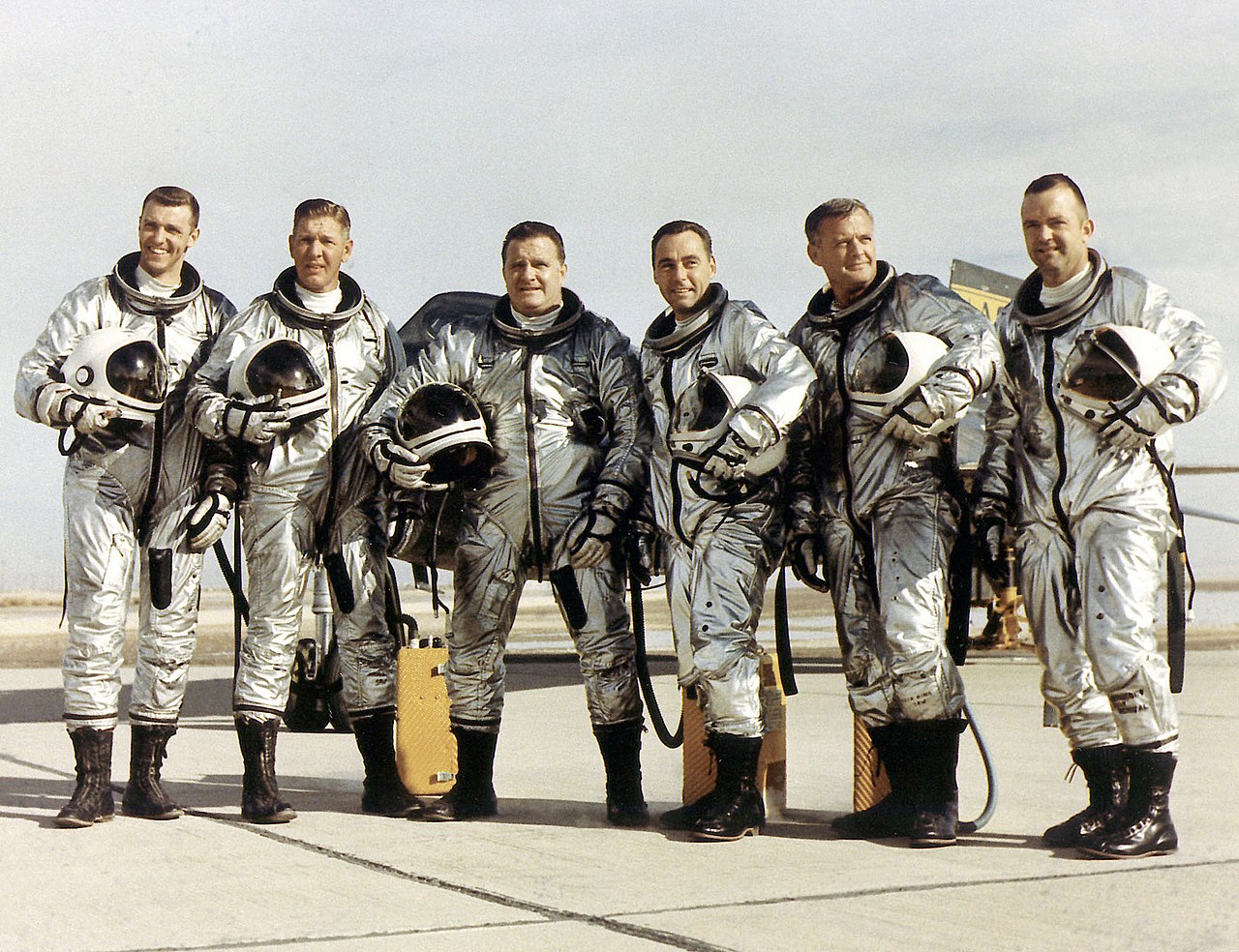
Fame and the X-15
However, there was an X-15 pilot who became a famous, maybe the most famous astronaut, right then in the 1960s. His name’s Neil Armstrong. With the benefit of hindsight, it’s pretty obvious now that no matter how cool flying a rocket plane on the fringes of space may be, being the first man to step on the surface of the Moon is a way more impressive feat.
Yet, at the time there was no certainty about how successful the lunar program would be, so for a while Armstrong was undecided whether to take part in the space program or continue flying X-15. “The X-15 program was real. You knew it was real,” he later told his biographer. He had seen projects come and go, some of them never getting beyond concept stage. And yet, “Apollo was just so overpoweringly exciting that I decided to give up these opportunities to pursue it, even though I knew it may never happen,” Armstrong recalled.
